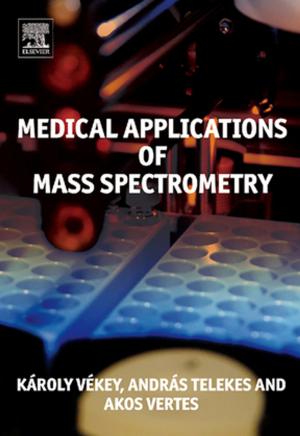Placenta
A Neglected Experimental Animal
Nonfiction, Health & Well Being, Medical, Specialties, Laboratory| Author: | ISBN: | 9781483279756 | |
| Publisher: | Elsevier Science | Publication: | October 22, 2013 |
| Imprint: | Pergamon | Language: | English |
| Author: | |
| ISBN: | 9781483279756 |
| Publisher: | Elsevier Science |
| Publication: | October 22, 2013 |
| Imprint: | Pergamon |
| Language: | English |
Placenta: A Neglected Experimental Animal covers the proceedings of the 1978 round table discussion on placenta held at Bedford College, University of London, under the auspices of the Special Commission on Internal Pollution. The placenta's remarkably complete spectrum of cellular and biochemical activity, as well as its hormonal and endocrinological roles and its short life-cycle, adds to its suitability for studying the processes of cell replication, immune mechanisms, graft acceptance and rejection- and aging.
This book is organized into four sections encompassing 19 chapters. Section I emphasizes the process of placental metabolism. This section particularly deals with the principles of metabolic regulation; carbohydrate, fat, and protein metabolism; placenta's endocrine functions; and in vitro and in vivo studies of placental metabolism. Section II highlights the placenta's potential to delineate cell replication processes. This section describes the origin and formation of placenta and the mechanism of carcinogenesis. Section III focuses on the relevance of placenta and its potential as a model for studying malignancy, while Section IV examine its potential as a model for organ aging.
This book will be of value to cell and developmental biologists, immunologists, and oncologists.
Placenta: A Neglected Experimental Animal covers the proceedings of the 1978 round table discussion on placenta held at Bedford College, University of London, under the auspices of the Special Commission on Internal Pollution. The placenta's remarkably complete spectrum of cellular and biochemical activity, as well as its hormonal and endocrinological roles and its short life-cycle, adds to its suitability for studying the processes of cell replication, immune mechanisms, graft acceptance and rejection- and aging.
This book is organized into four sections encompassing 19 chapters. Section I emphasizes the process of placental metabolism. This section particularly deals with the principles of metabolic regulation; carbohydrate, fat, and protein metabolism; placenta's endocrine functions; and in vitro and in vivo studies of placental metabolism. Section II highlights the placenta's potential to delineate cell replication processes. This section describes the origin and formation of placenta and the mechanism of carcinogenesis. Section III focuses on the relevance of placenta and its potential as a model for studying malignancy, while Section IV examine its potential as a model for organ aging.
This book will be of value to cell and developmental biologists, immunologists, and oncologists.















